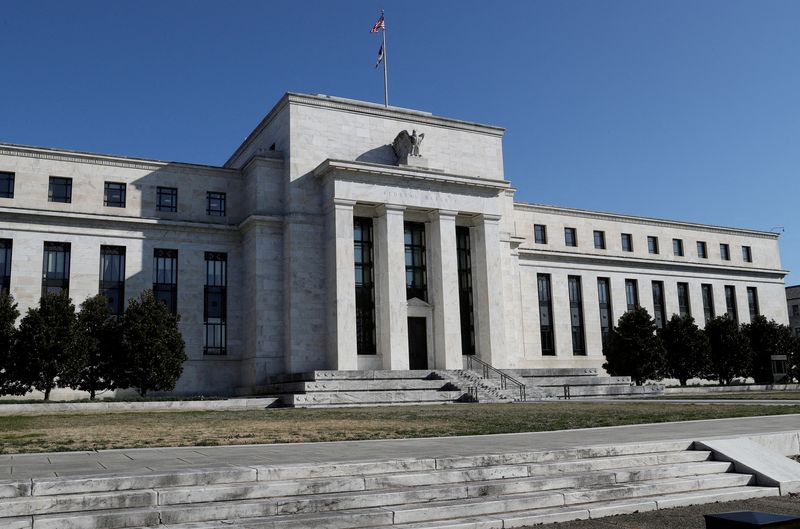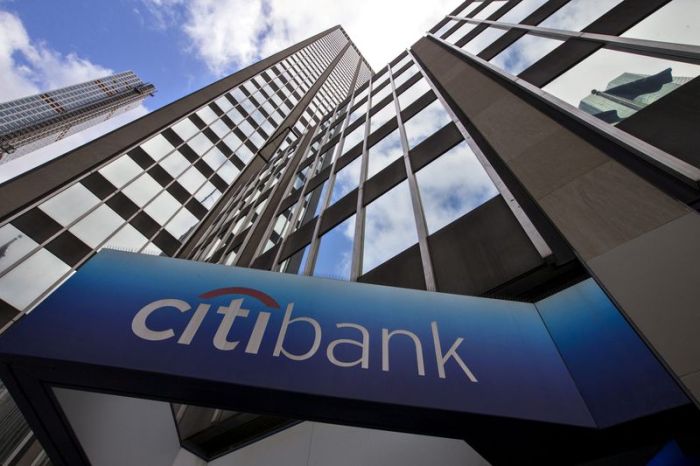ORLANDO, Fla. (Reuters) – The Federal Reserve has clearly ratcheted up its new year anti-inflation rhetoric to match red hot labor markets and consumer price gains – but the speed and breadth of its tone change may have as much to do with forcing money markets to take it more seriously.
With monthly economic numbers still plagued by pandemic-related distortions and COVID-19 still raging, the shift from a more relaxed ‘wait-and-see’ posture of gradually dialing back stimulus to one of urgent hawkish activism has been jarring.
Despite some criticism that Fed Chair Jerome Powell is just bolstering his inflation-fighting credentials to secure his re-nomination, the Fed conversion has come from across the Federal Open Market Committee spectrum.
Take San Francisco Fed President Mary Daly, a labor market economist and inequality expert regarded as one of the most dovish members of the FOMC.
In two speeches as recently as mid-November Daly insisted inflation would moderate. Raising interest rates would not fix the supply chain bottlenecks and other temporary issues pushing up prices, but would harm jobs and the economy.
“Uncertainty requires us to wait and watch with vigilance,” she said on Nov. 11, adding on Nov. 16: “Running headlong into a fog can be costly. Patience is the boldest action we can take.”
Last week, she said policy “definitely” needs to be adjusted, albeit cautiously, to tackle inflation.
A brief timeline of the Fed’s recent guidance is useful.
In late September, half of the 18-strong FOMC saw no interest rate hikes until at least 2023. U.S. futures markets and Wall Street heavyweights like Goldman Sachs at the time were pricing in no change in rates this year.
When the FOMC’s Nov. 2-3 meeting rolled around, markets were discounting only one full quarter-point rise this year, and that was not until around September.
The FOMC turned the screw at its mid-December meeting. It signaled three rate hikes this year, one more than the market was pricing in at the time, and said it would speed up the taper to conclude asset purchases in March.
In a final twist, the minutes of that meeting released on Jan. 5 also revealed that the FOMC opened initial discussions on shrinking its overall asset holdings.
Markets eventually got the hint. Futures markets are now close to fully pricing in four 25-basis point rate increases in 2022, starting in March. Economists at Deutsche Bank, JP Morgan and Goldman Sachs have ripped up their old forecasts and are also gunning for 100 bps of tightening this year.
PLAYING CATCH UP
This dramatic repricing in short-term rates markets for 2022 appears to be exactly what the Fed wanted. Several regional Fed presidents have given markets this steer since the New Year and Powell himself offered no pushback at his Senate confirmation hearing on Tuesday.
“They know what they are doing. I think this was intentional,” said Joseph Wang, a former senior trader on the Fed’s open markets desk, noting that the last thing the Fed wants to do is spring policy changes on the market.
Wang reckons the strength of wage growth and inflation recently has concentrated in the minds of FOMC members that the bank’s dual mandate of price stability and maximum employment is close to being met.
Whatever the reasons for their hawkish turn, he believes Fed officials will have been concerned that they had not brought the market along with them, hence the aggressive communications frenzy to get the market into line.
The first warning shots were fired in November. The Fed announced that it would soon begin scaling back its $120 billion in monthly asset purchases and Powell said it was no longer accurate to describe inflation as “transitory.” Then the FOMC signaled in December that three rate hikes were on the cards for 2022 and the market eventually caught up.
Yet despite the turnaround in 2022 expectations, the market still doesn’t believe the Fed will be willing or able to hit its own so-called neutral or ‘terminal’ rate of 2.5% – with futures out to 2025 still seeing policy rates below 2%.
This is important for investors trying to figure out what the longer-term horizon is for official interest rates. If the tightening cycle ends earlier than the Fed thinks it will, long-term bond yields and the dollar could be reined in too, with high-octane tech stock valuations sustained in the process.
But that assumes there is any clear picture in policy or market circles at all.
David Blanchflower, economics professor at Dartmouth College and former Bank of England policymaker, says it looks like FOMC members have had a three-line whip imposed on them to talk tough on rates. But it can’t have anything to do with economics.
“They have no idea what is coming in 2022. They have no data and no forecasting model, so the right thing to do is to wait and see. They’re lost,” he said.
(The opinions expressed here are those of the author, a columnist for Reuters.)
(By Jamie McGeever; Editing by Andrea Ricci)























